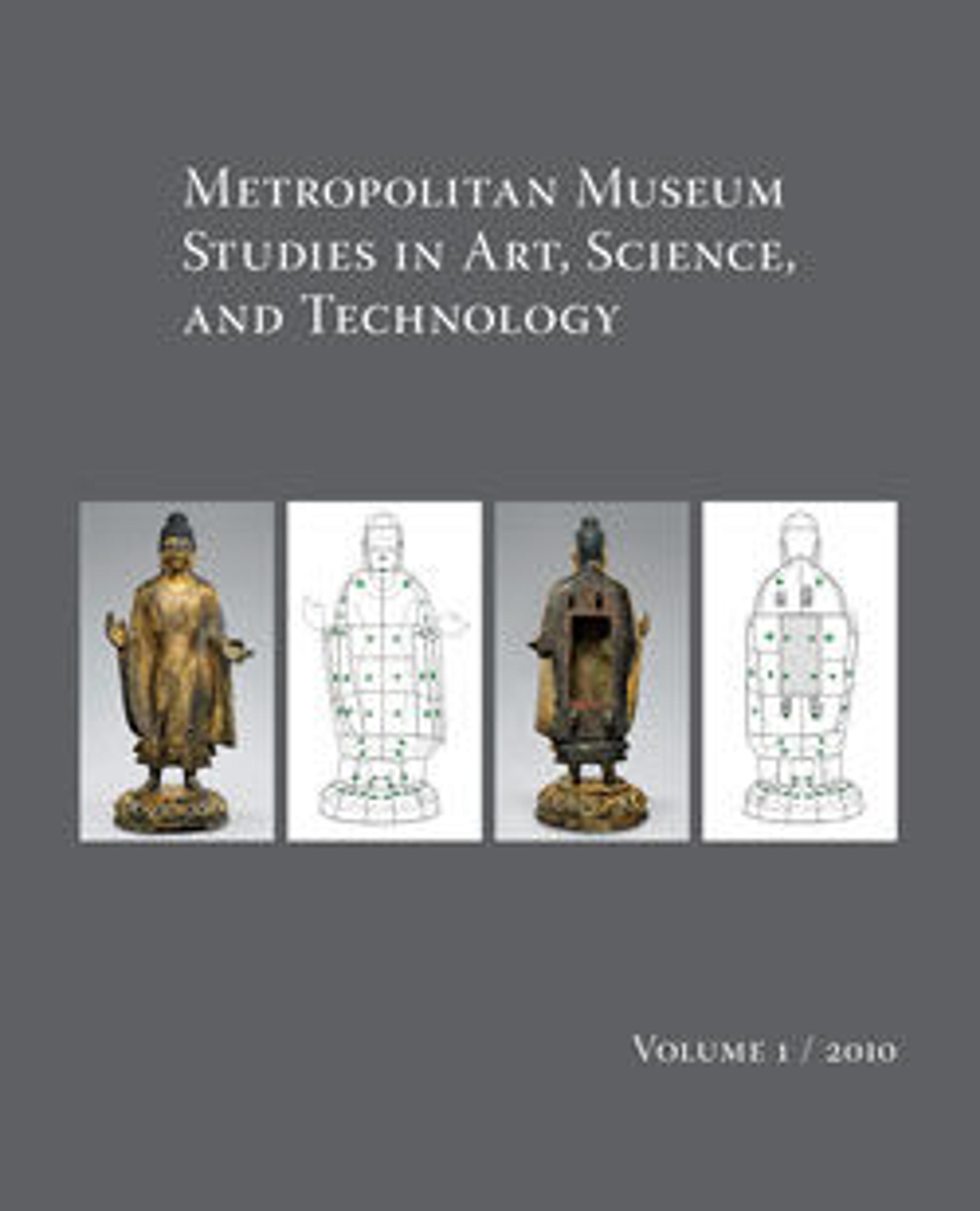Inner rectangular coffin of Hapiankhtifi
The smaller inner rectangular coffin of the steward Hapiankhtifi was found nested inside a larger outer coffin (12.183.11a). Inside was an anthropoid coffin (12.183.11c.1–.2) containing the mummy of a middle-aged man (now in the Peabody Museum). The decoration of this inner rectangular coffin is simpler than that of the outer coffin, with fewer bands of text. At the head end of one long side, between two vertical bands of inscription recording protective speeches by various gods, are paintedwedjat eyes out of which the deceased could see and brightly-colored niches (a "palace facade" pattern) to identify the coffin as the divine home of the deceased.
Artwork Details
- Title: Inner rectangular coffin of Hapiankhtifi
- Period: Middle Kingdom
- Dynasty: Dynasty 12
- Date: ca. 1981–1802 B.C.
- Geography: From Egypt, Middle Egypt, Meir, Tomb of Hapiankhtifi, Khashaba excavations, 1910–12
- Medium: Coniferous wood (Taxus sp.), paint
- Dimensions: L. 203.5 × W. 57 × H. 83 cm (80 1/8 × 22 7/16 × 32 11/16 in.)
- Credit Line: Gift of J. Pierpont Morgan, 1912
- Object Number: 12.183.11b.1, .2
- Curatorial Department: Egyptian Art
More Artwork
Research Resources
The Met provides unparalleled resources for research and welcomes an international community of students and scholars. The Met's Open Access API is where creators and researchers can connect to the The Met collection. Open Access data and public domain images are available for unrestricted commercial and noncommercial use without permission or fee.
To request images under copyright and other restrictions, please use this Image Request form.
Feedback
We continue to research and examine historical and cultural context for objects in The Met collection. If you have comments or questions about this object record, please contact us using the form below. The Museum looks forward to receiving your comments.
